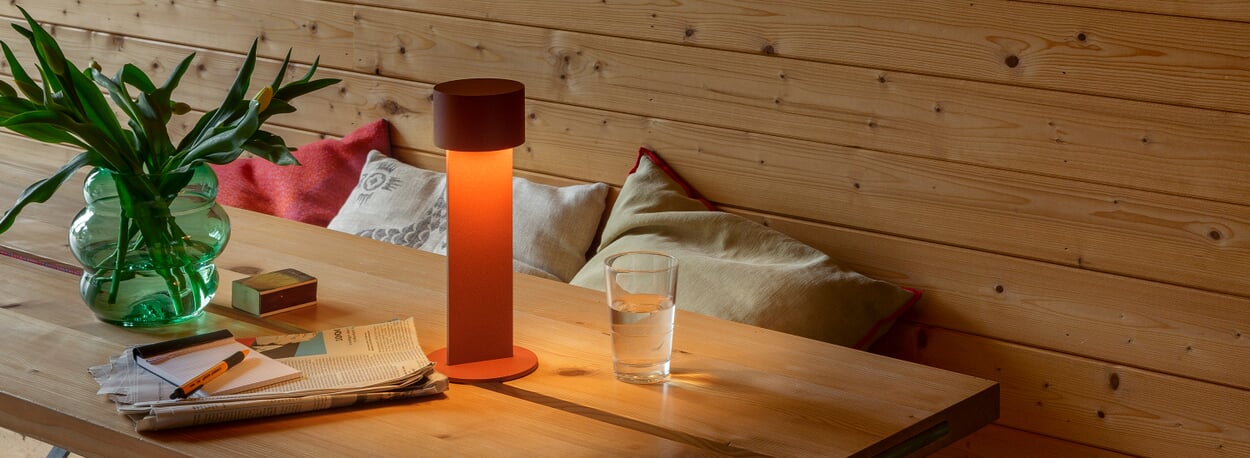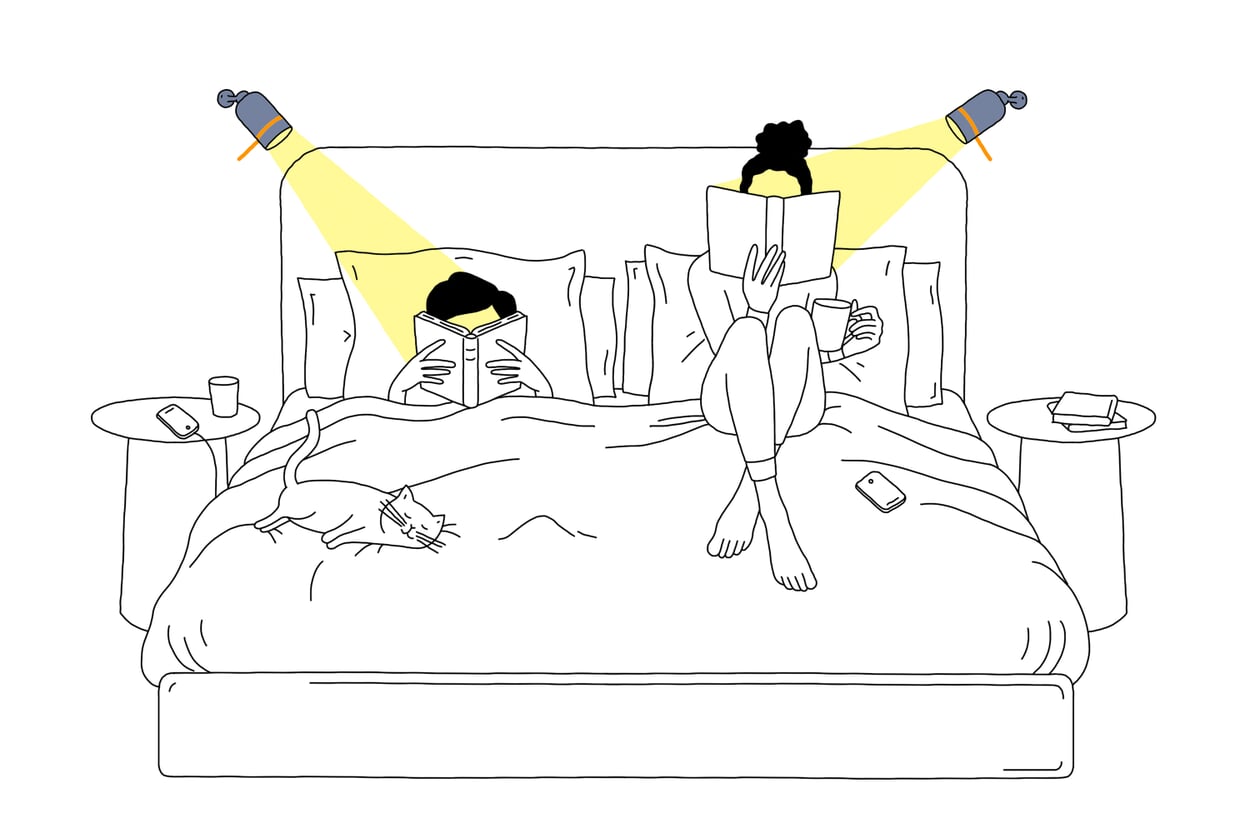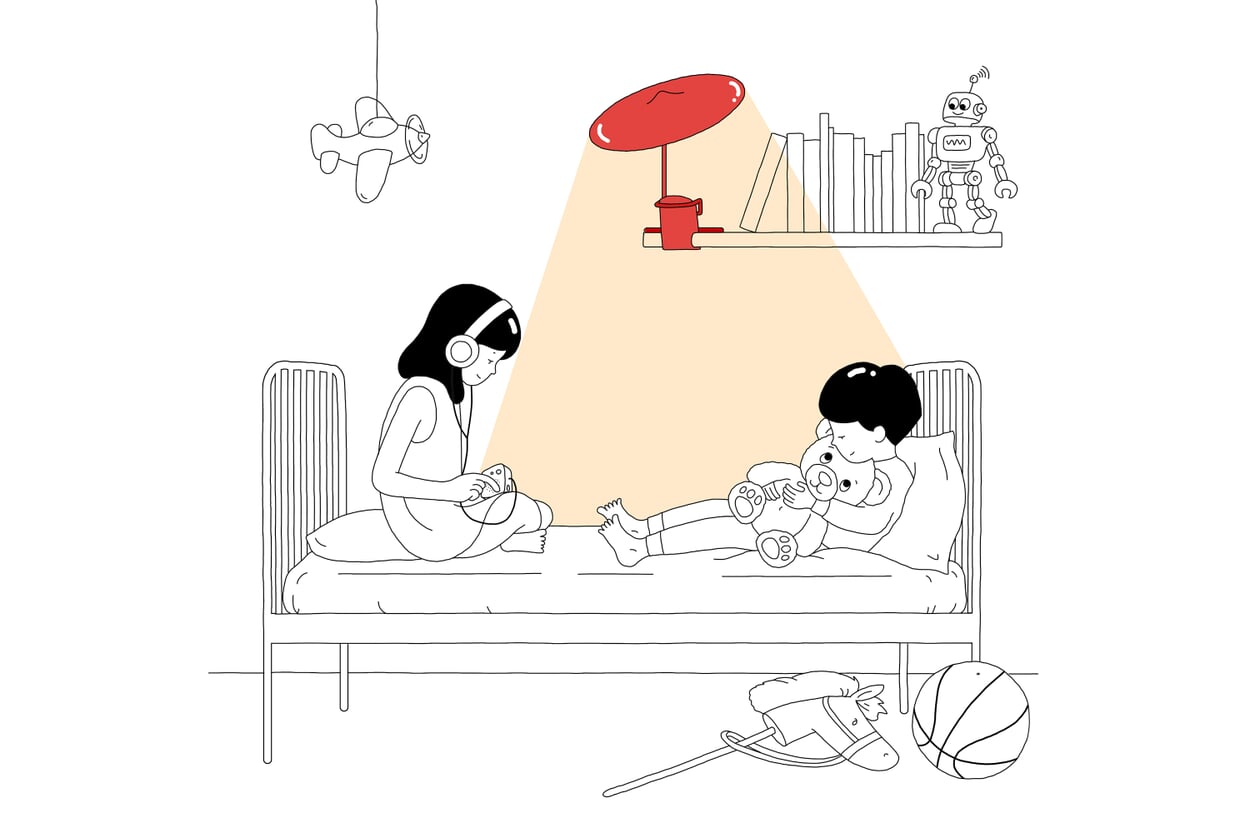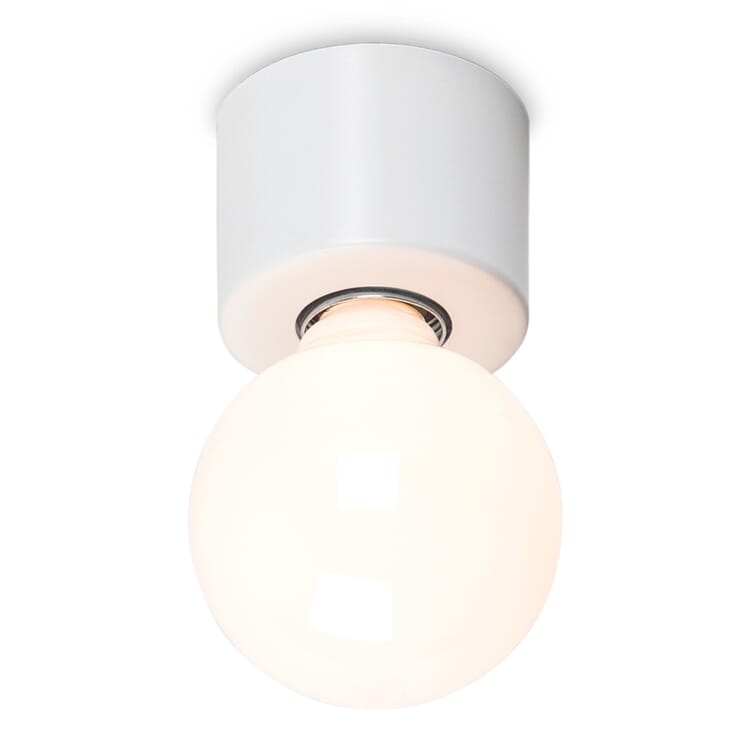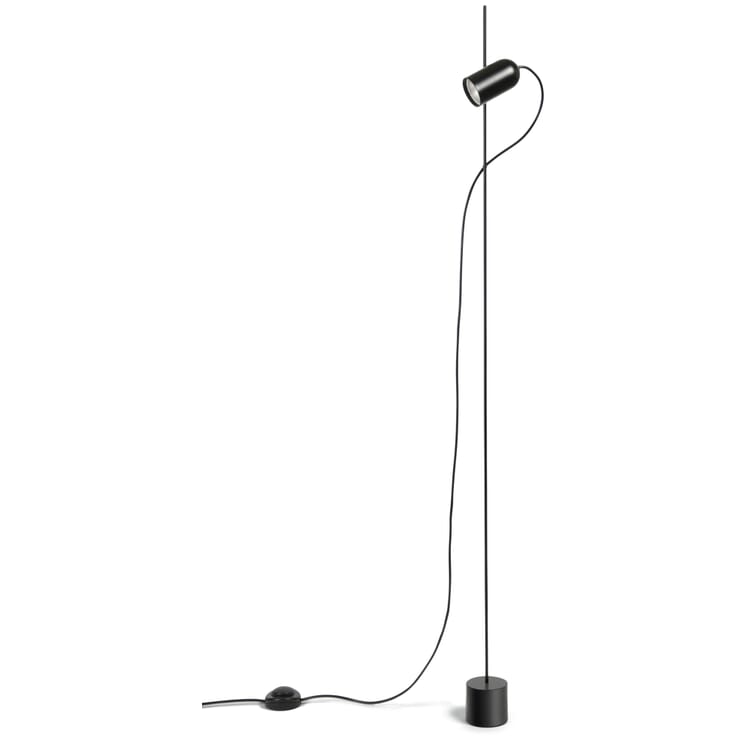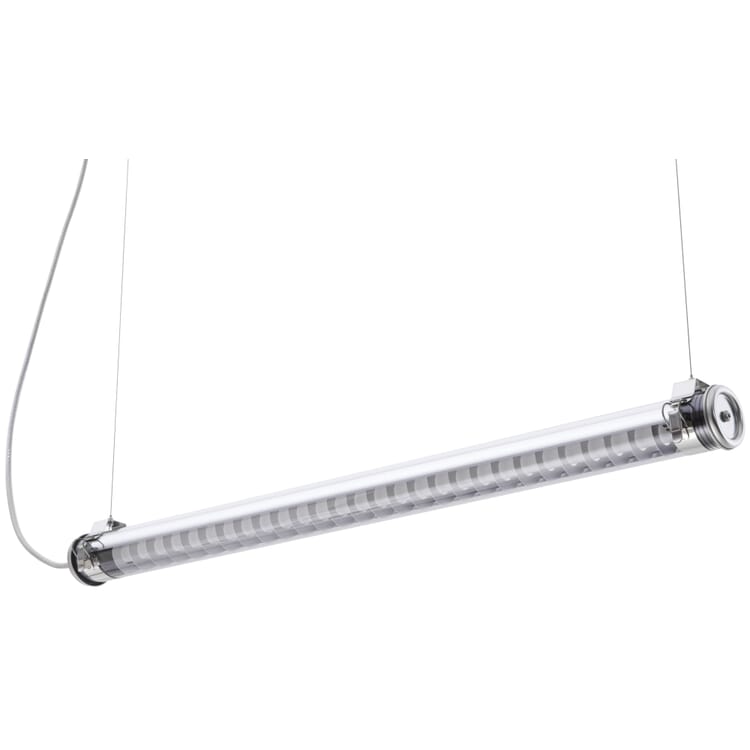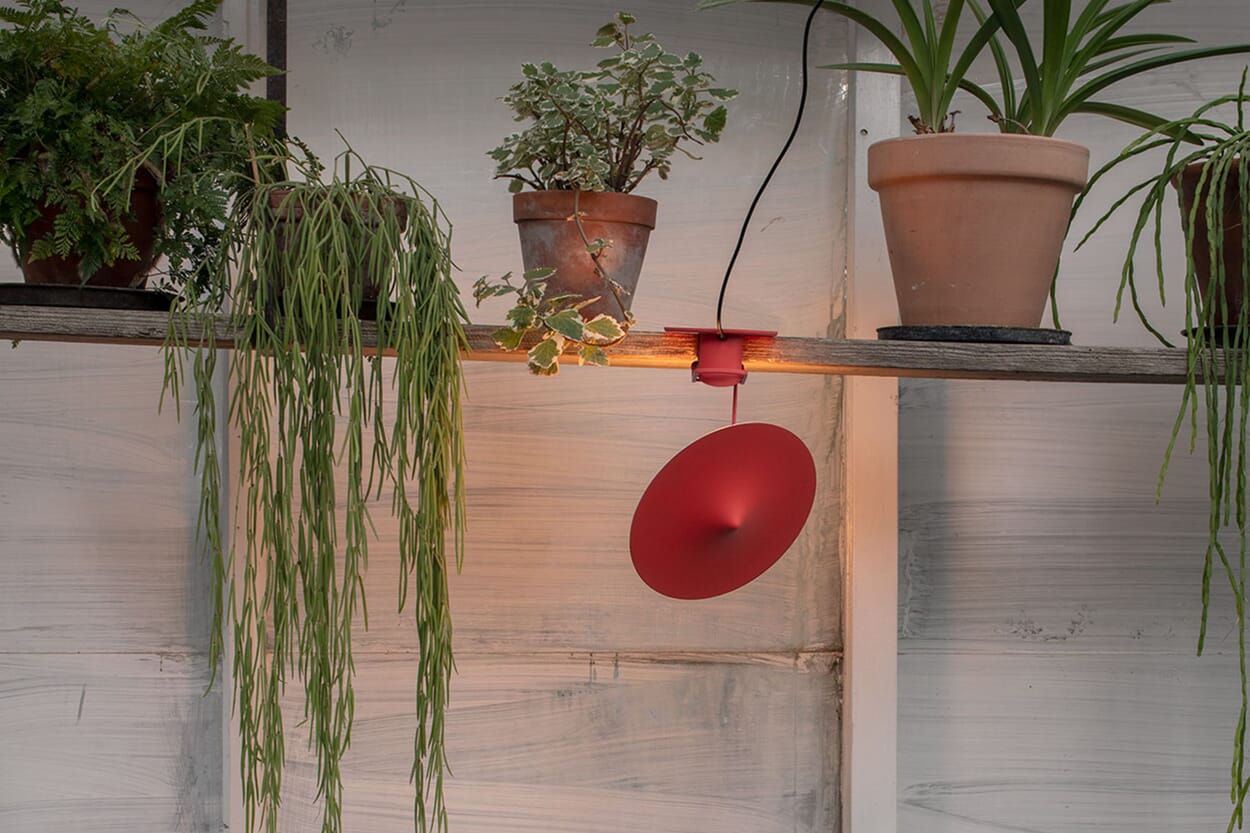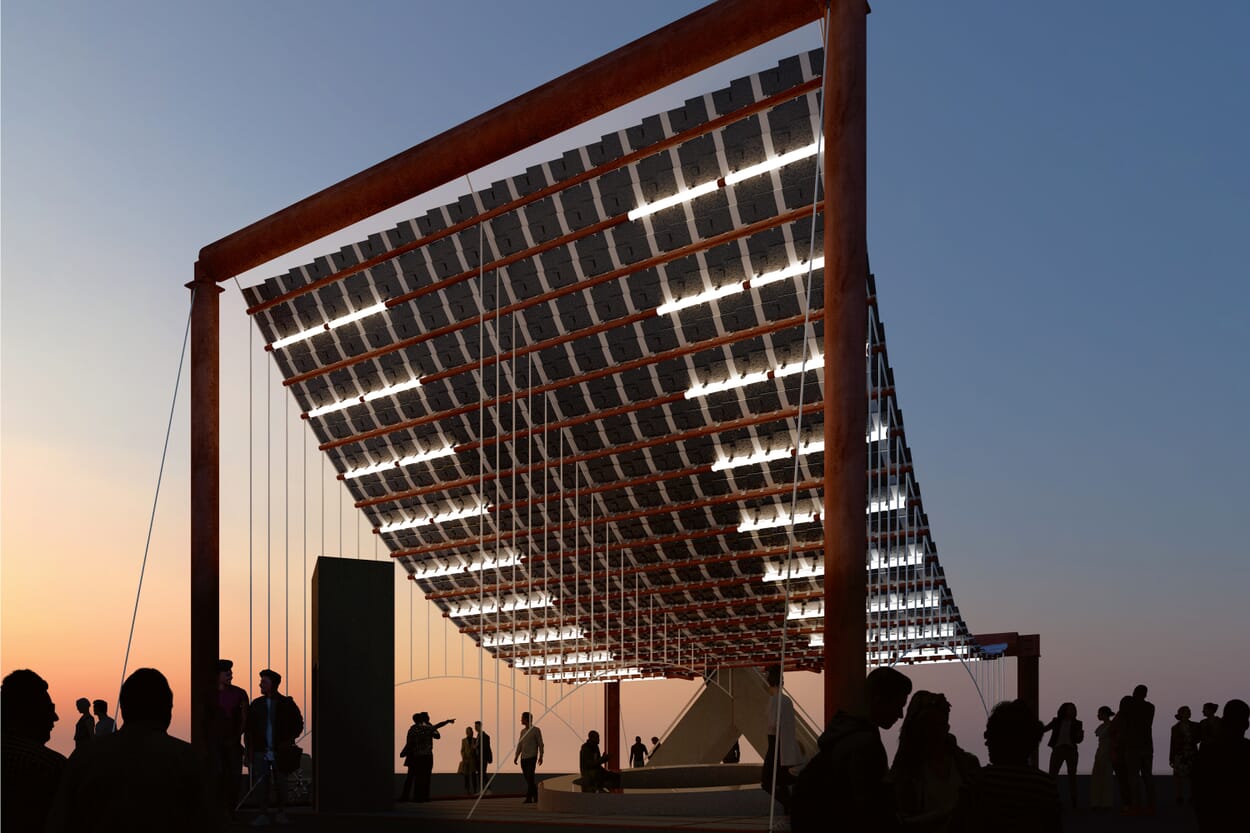Always in the right light
Rods, cones, lens, retina - for a long time, biologists agreed that human vision was understood. Today we know that our eyes do much more than their obvious visual tasks. This is because the incident light also controls our sleep-wake rhythm, our well-being and our performance. Find out what Human Centric Lighting is all about and how to put your home in the right light in our lighting guide.
Text: Katrin Bücker-Pfeifer
The idea that it is best to switch on the blue filter on your mobile device in the evening because blue light counteracts tiredness has been doing the rounds. But science has only known the reason for this for a few years. While studying the human eye, researchers discovered so-called ganglion cells under the lens, which were previously unknown: These are light-sensitive receptors that have nothing to do with visual vision and yet control bodily functions and provide orientation for humans. Depending on the quality of light, they send an impulse to the brain to activate or relax the body. They control the body's biorhythm. Their discovery was a Nobel Prize-winning sensation for science and, as it turned out, for the lighting industry alike. The possibilities of light control took on a new, biological dimension. Together with the visual and emotional effects of light, it forms the cornerstone of Human Centric Lighting, a lighting design principle that focuses on people and their needs. When used correctly, it helps people to work with greater concentration, relax better and feel more active and at ease. Light has an effect everywhere and at all times - visually, emotionally and biologically. The rhythm of daylight has shaped us evolutionarily, and modern lighting control can make use of this dynamic.
If you talk to lighting designers and architects about the subject, an almost endless and complex field of activity opens up - from private living spaces that imitate the dynamics of daylight to office building complexes that are designed to support the performance of employees. Sounds complicated - but even without professional lighting design, you can do a lot right in your own environment, for example when choosing luminaires and light sources. A short guide for the first steps.
Room lighting and light spaces - a room needs both
An overriding light source that illuminates the room as a whole and islands of light that add mood and function to individual areas in the room. The sofa corner with dimmable floor lamp and reading light, the writing desk with task light, the artwork on the wall illuminated with spotlights or the dining table with pendant light. These lighting spaces provide orientation and put us in the right emotional mood for the situation at hand.
Diffuse or directional? It depends on the visual task
How we perceive an object depends largely on the type of light in which we see it. Diffuse light is suitable for general lighting - it makes contours and contrasts soft and pleasant. Directed light presents details, materials and contours much more clearly, differentiated and of higher quality. It provides the eye with detailed information.
Light temperature - creating the right mood
Warm light with a higher proportion of red is in the 2,700 Kelvin range and has a homely, relaxing and calming effect. Cool light with a higher blue component from 3,000 Kelvin activates and wakes you up. Clearly, cooler light sources should be available at workstations, while the sofa corner needs warmth and comfort. Luminaires with a new technology are suitable for areas that are used in different ways: they can be dimmed from cool and bright to warmer and darker. The color of light has the most direct influence on our biorhythm.
Luminous flux - the right amount of light
Luminous flux is measured in lumens and describes how much light a light source emits per unit of time that is perceptible to the human eye. This quantity is essential for the question of how and where a luminaire can be used. If the light is more for decorative purposes, a lower luminous flux is perfectly adequate. However, if a luminaire is intended to support visual tasks - reading, working or chopping vegetables - then a high luminous flux is advantageous. We can use the findings of research into ganglion cells privately to support our own biorhythm. It is important to ask the following questions before buying a luminaire: Where will it be located? What exactly happens there? And what do I need the light for? Once these questions have been answered, the right lighting solution can be found.
Illustartions: Clo'e Floirat
Discover all lights
More on the subject of light
Northern lights! The Wästberg lighting brand sets standards: with well-designed, repairable products by renowned designers.
Lights on, all good? Not quite: If you want to illuminate your balcony, patio and garden, you should also think about your animal neighbors.
Designers such as Marjan van Aubel, Samuel Wilkinson and Pauline van Dongen show that solar technology can do much more than generate electricity.

